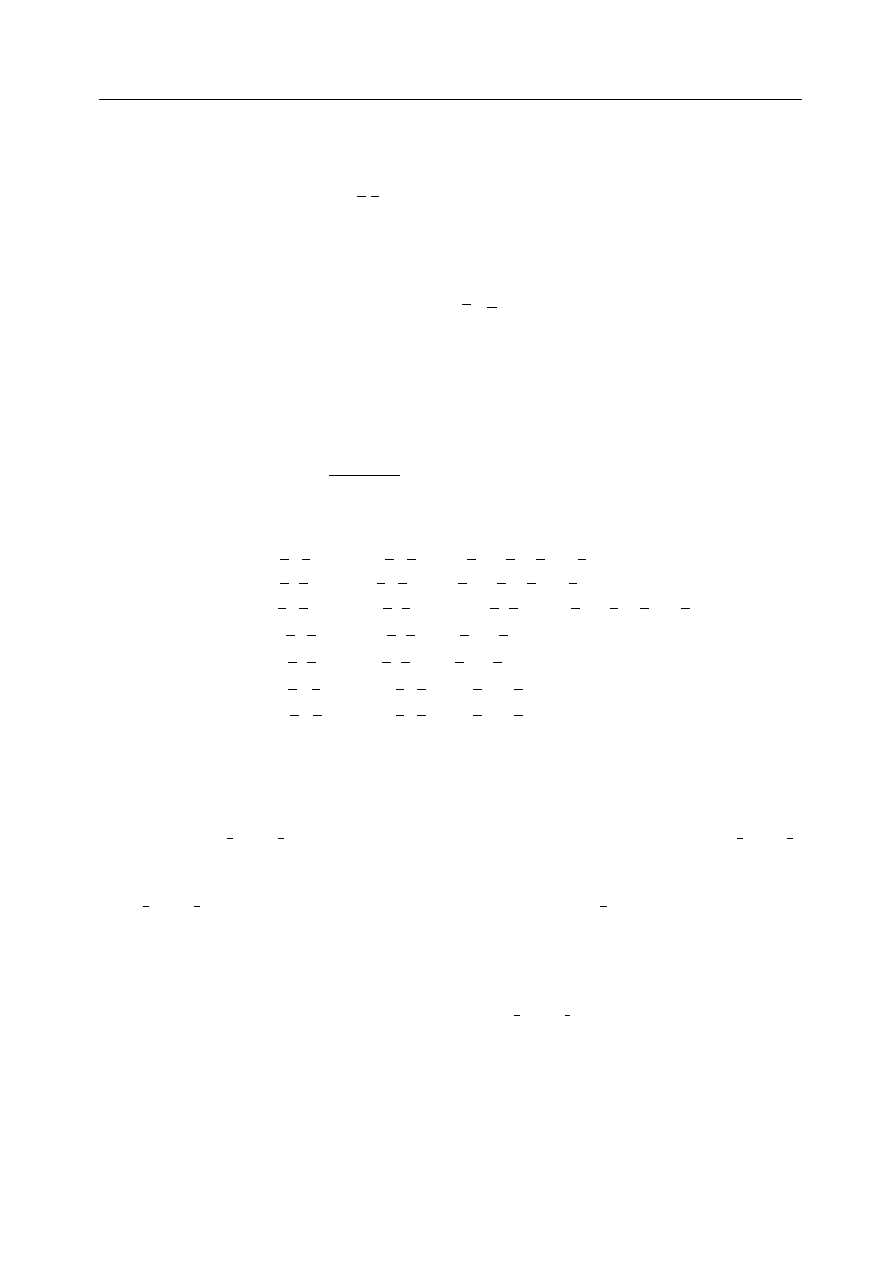
c CCLRC
Section 2.2
Where we have used the the following definition:
[a b]
=
(1 -
)a
b
.
(2.46)
Formally, the contribution to be added to the atomic virial is given by
W = -
4
i=1
r
i
· f
i
.
(2.47)
However, it is possible to show (by tedious algebra using the above formulae, or more elegantly by
thermodynamic arguments [
],) that the dihedral makes no contribution to the atomic virial.
The contribution to be added to the atomic stress tensor is given by
= r
ij
p
i
+ r
jk
p
jk
+ r
kn
p
n
(2.48)
-
cos(
ijkn
)
2
r
ij
g
i
+ r
jk
g
k
+ r
jk
h
j
+ r
kn
h
n
,
with
p
i
= (r
jk
[r
jk
r
kn
]
- r
kn
[r
jk
r
jk
]
)/(|r
ij
× r
jk
||r
jk
× r
kn
|)
p
n
= (r
jk
[r
ij
r
jk
]
- r
ij
[r
jk
r
jk
]
)/(|r
ij
× r
jk
||r
jk
× r
kn
|)
p
jk
= (r
ij
[r
jk
r
kn
]
+ r
kn
[r
ij
r
jk
]
- 2r
jk
[r
ij
r
kn
]
)/(|r
ij
× r
jk
||r
jk
× r
kn
|)
g
i
= 2(r
ij
[r
jk
r
jk
]
- r
jk
[r
ij
r
jk
]
)/|r
ij
× r
jk
|
2
(2.49)
g
k
= 2(r
jk
[r
ij
r
ij
]
- r
ij
[r
ij
r
jk
]
)/|r
ij
× r
jk
|
2
h
j
= 2(r
jk
[r
kn
r
kn
]
- r
kn
[r
jk
r
kn
]
)/|r
jk
× r
kn
|
2
h
n
= 2(r
kn
[r
kn
r
kn
]
- r
jk
[r
jk
r
kn
]
)/|r
jk
× r
kn
|
2
.
The sum of the diagonal elements of the stress tensor is zero (since the virial is zero) and the matrix
is symmetric.
Lastly, it should be noted that the above description does not take into account the possible inclu-
sion of distance-dependent 1-4 interactions, as permitted by some force fields. Such interactions are
permissible in DL POLY 3 and are described in the section on pair potentials below. DL POLY 3
also permits scaling of the 1-4 interactions by a numerical factor. 1-4 interactions do, of course,
contribute to the atomic virial.
In DL POLY 3 dihedral forces are handled by the routine dihedrals forces.
2.2.6
Improper Dihedral Angle Potentials
Improper dihedrals are used to restrict the geometry of molecules and as such need not have
a simple relation to conventional chemical bonding. DL POLY 3 makes no distinction between
dihedral and improper dihedral angle functions (both are calculated by the same subroutines) and
all the comments made in the preceding section apply.
An important example of the use of the improper dihedral is to conserve the structure of chiral
centres in molecules modelled by united-atom centres. For example -amino acids such as alanine
(CH
3
CH(NH
2
)COOH), in which it is common to represent the CH
3
and CH groups as single centres.
Conservation of the chirality of the carbon is achieved by defining a harmonic improper dihedral
20
